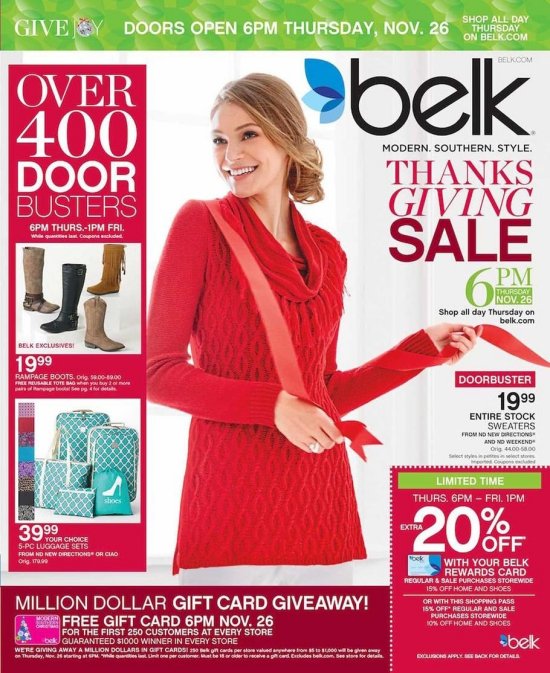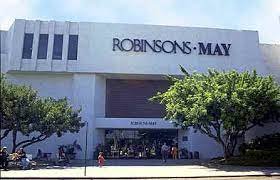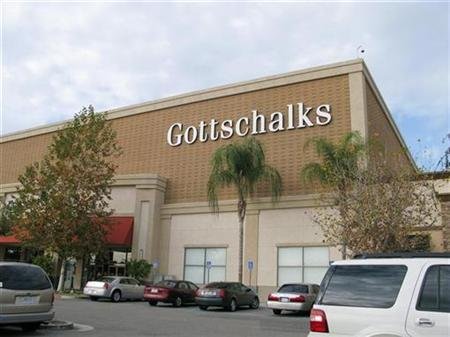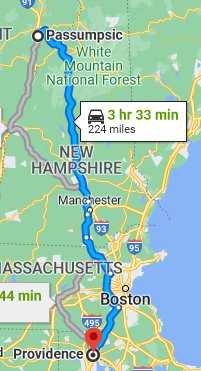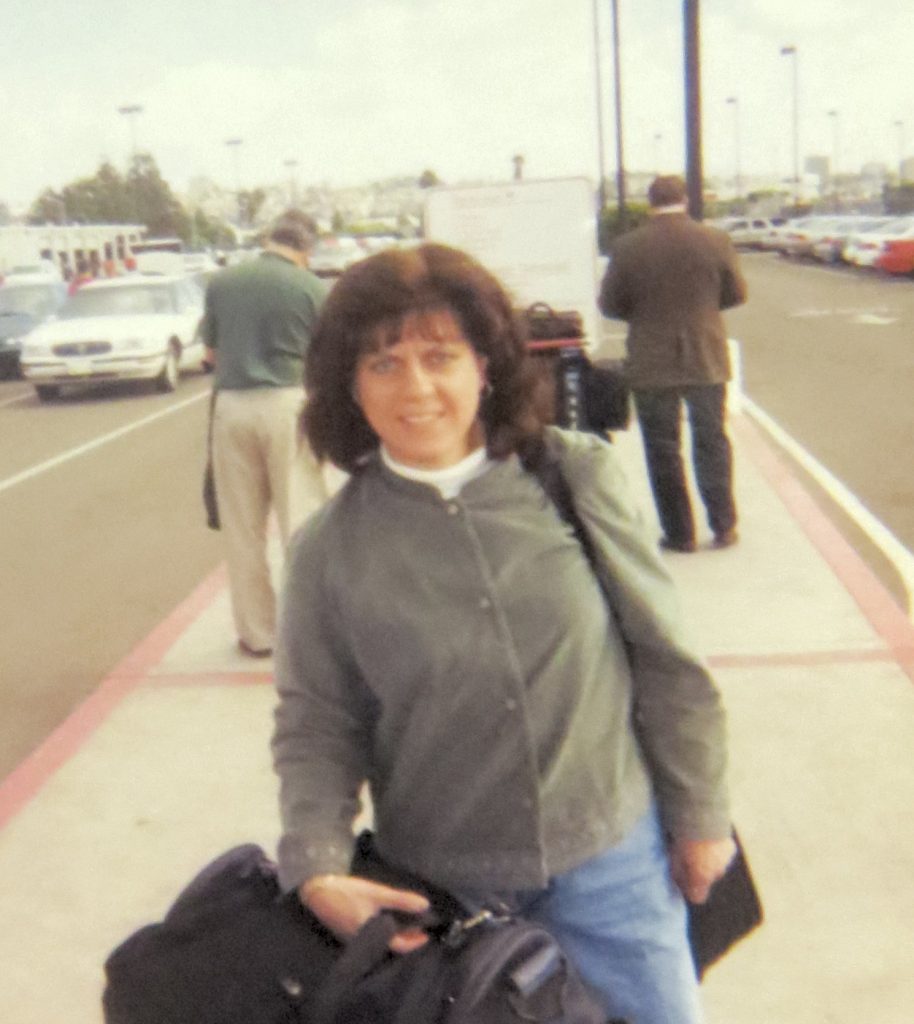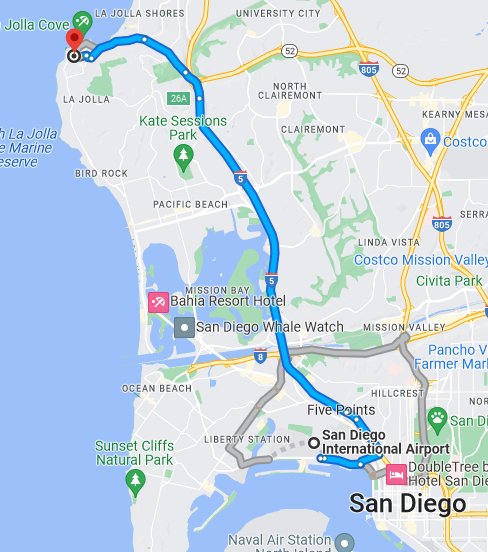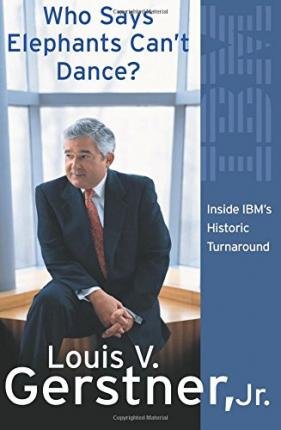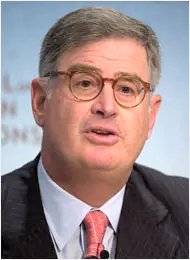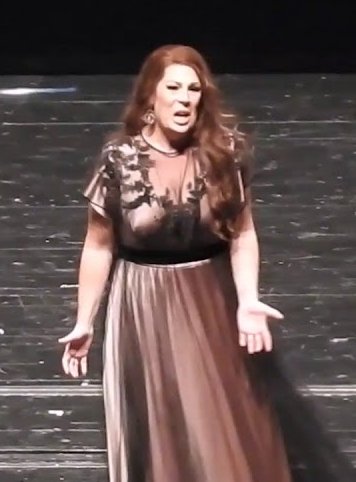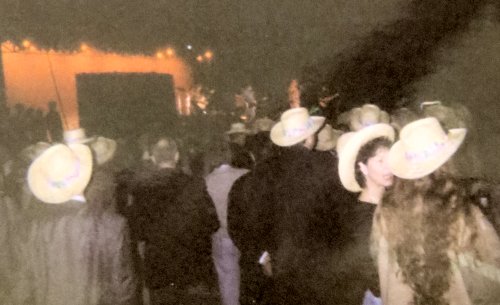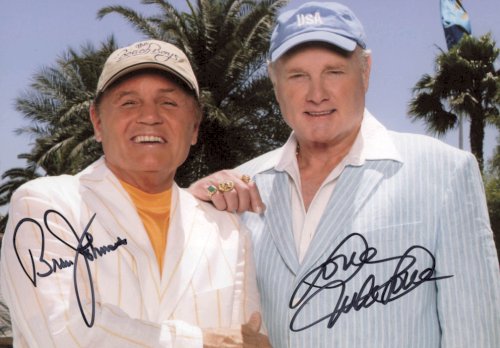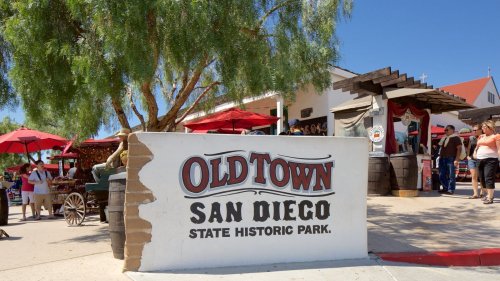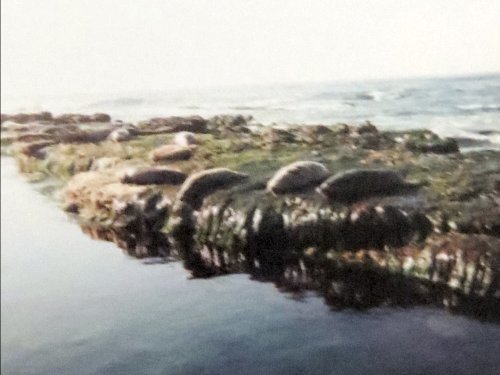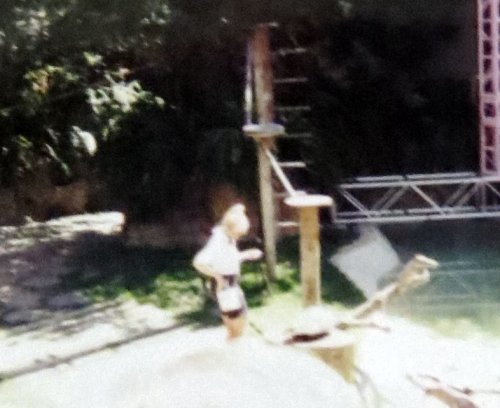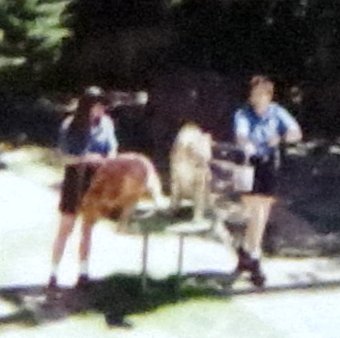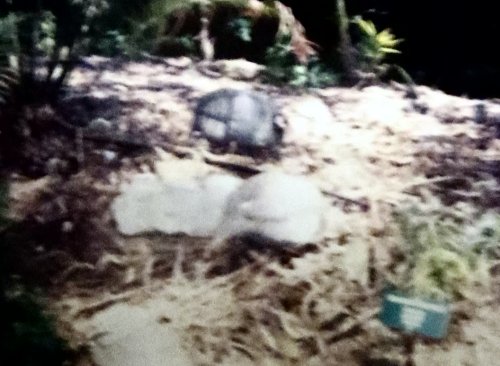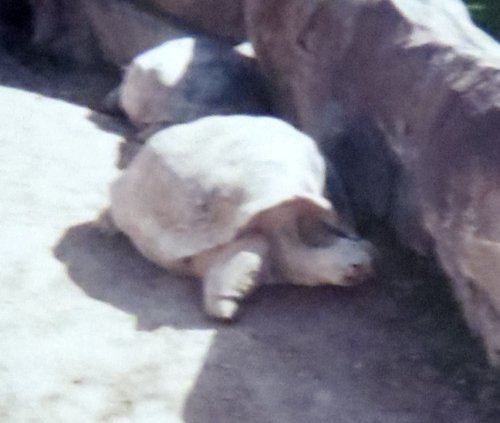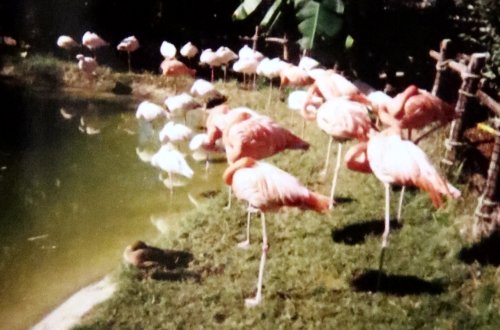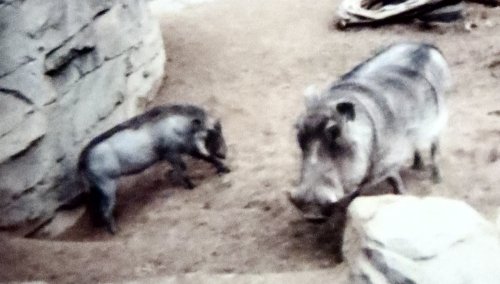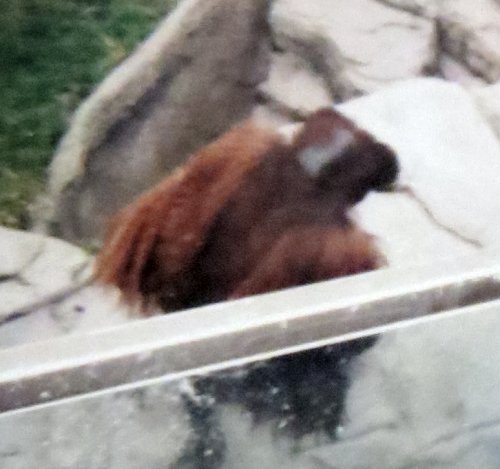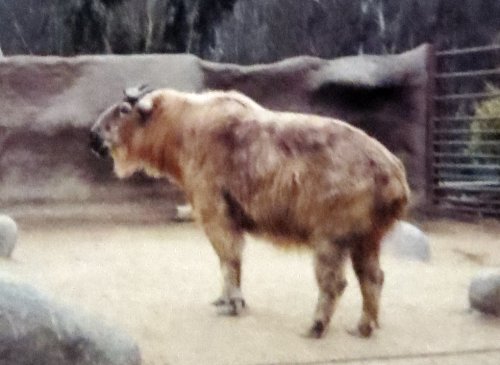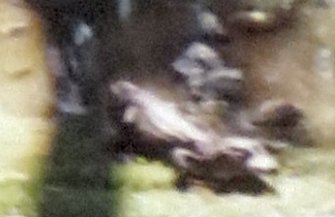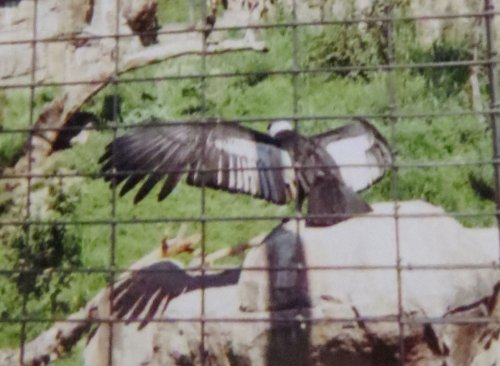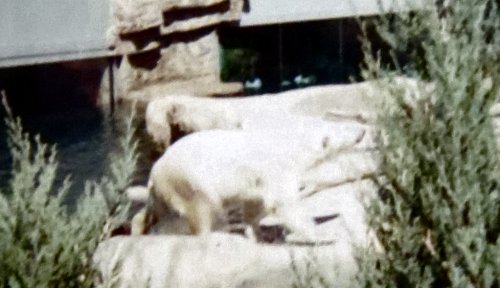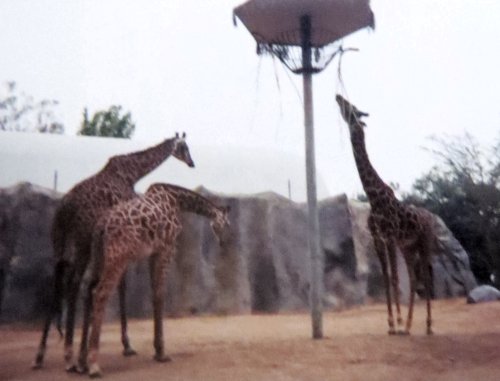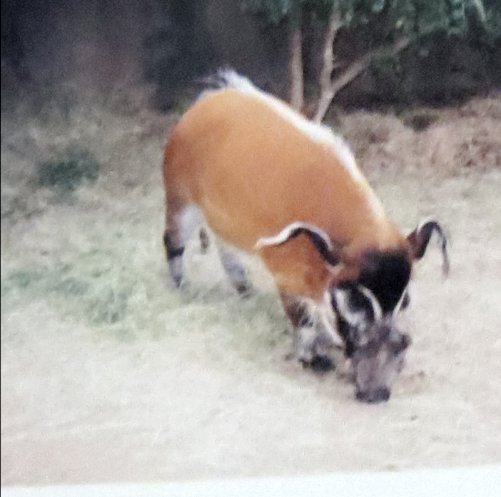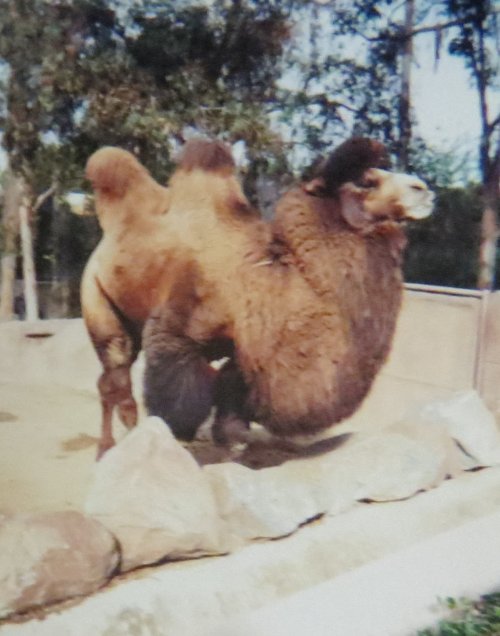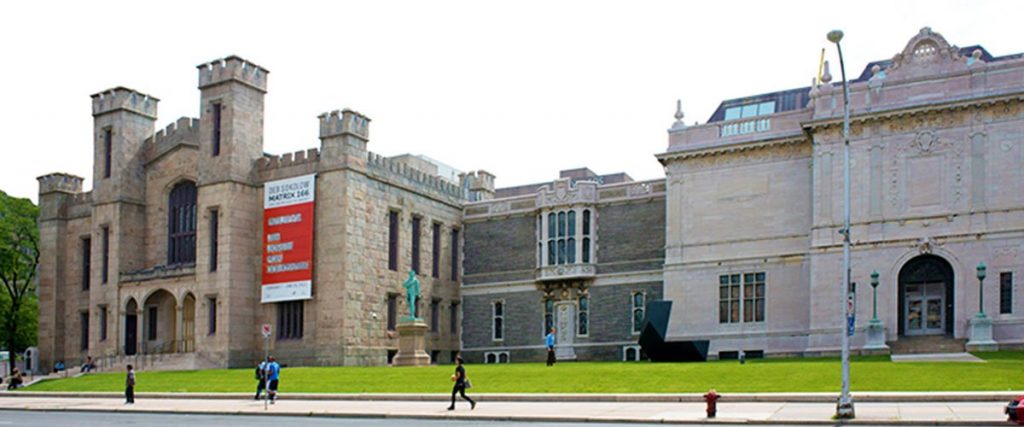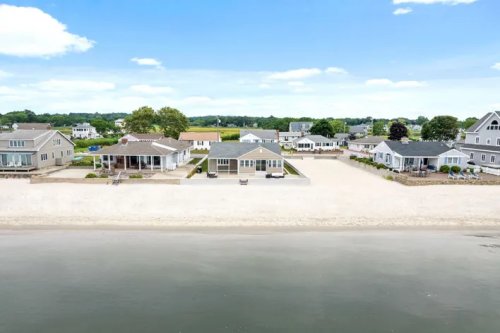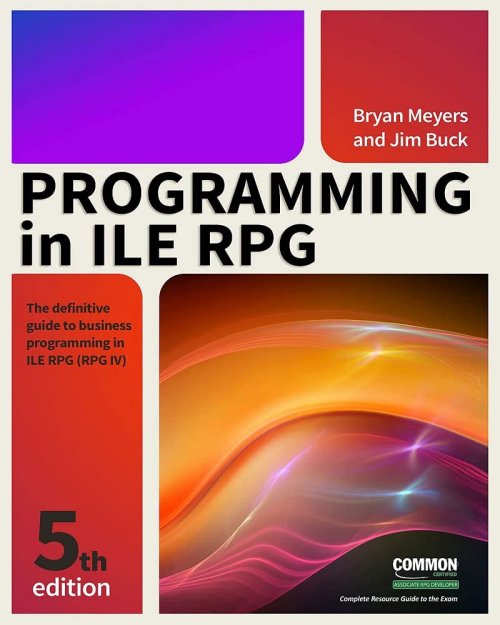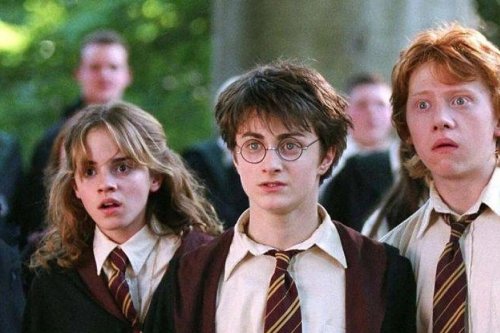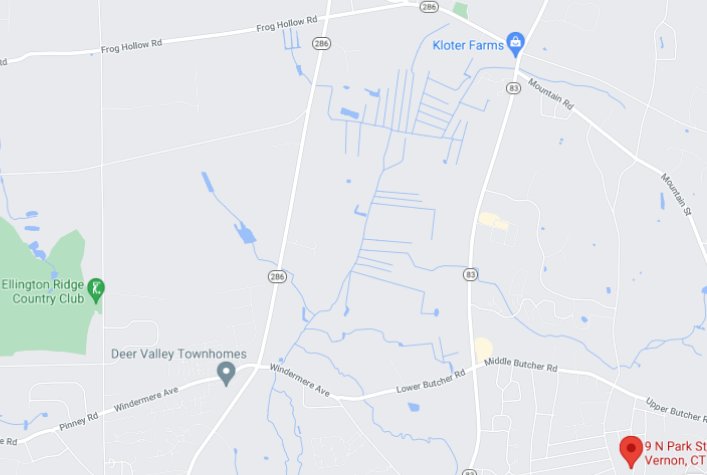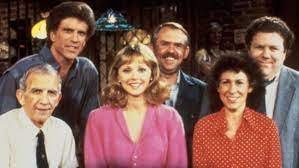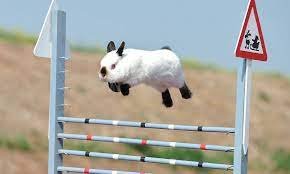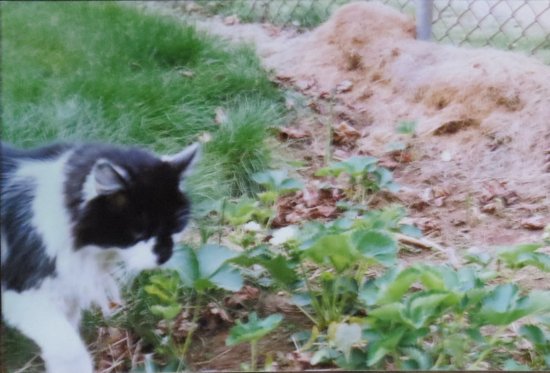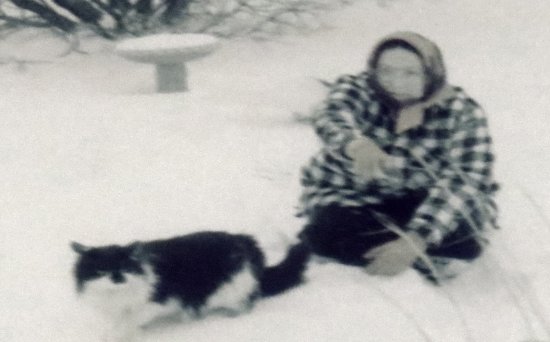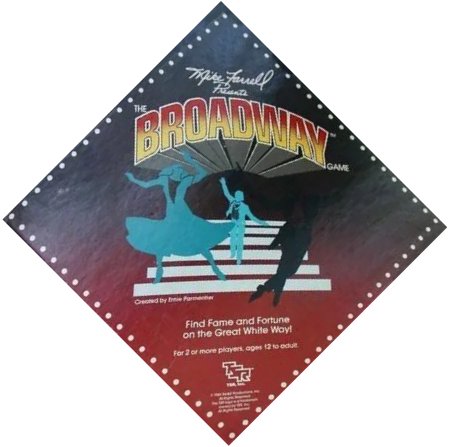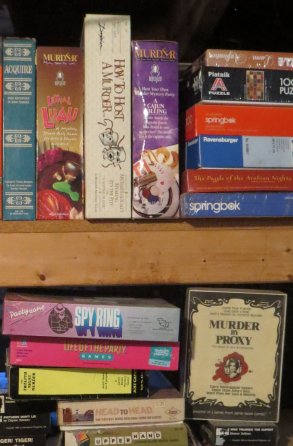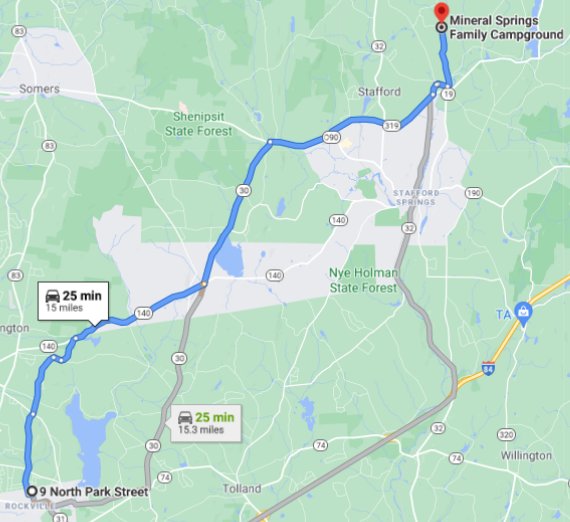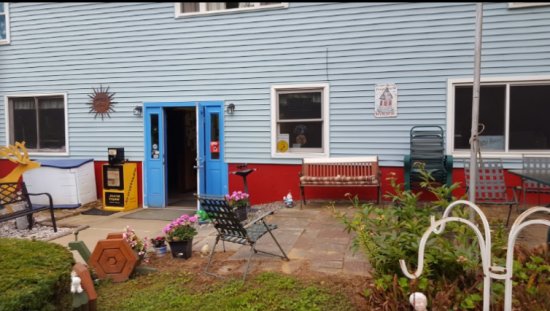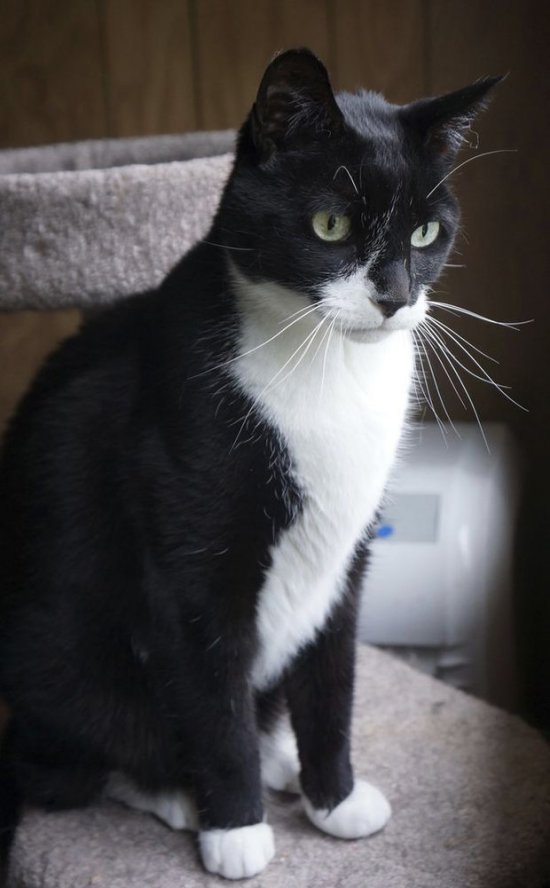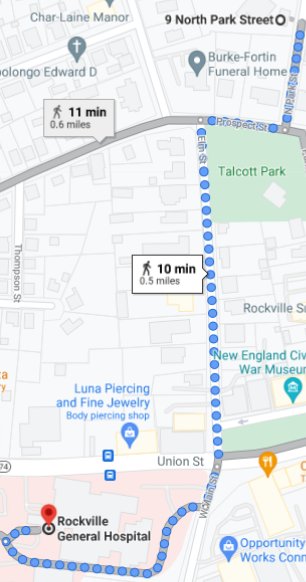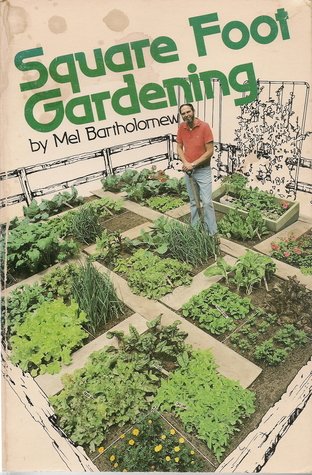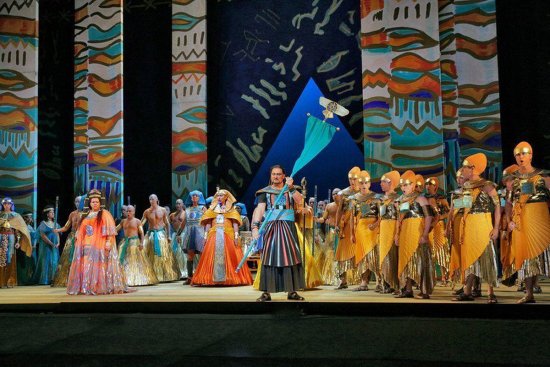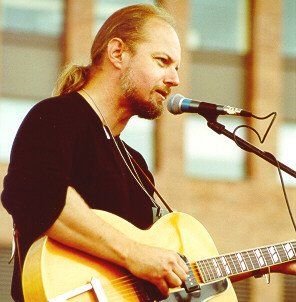Selling newspapers on the use of AxN. Continue reading
AxN was an Internet-based product developed and marketed by TSI. It allowed advertisers to send insertion orders (reservations for advertising space) to newspapers. It also managed communication between the two parties that culminated in the newspaper rep confirming the order. The process that Denise Bessette and I employed in designing and creating AxN, including the division of labor, was described here. Details of the system design are posted here.
Part 1 of the marketing of AxN is posted here. The narrative concludes with the signing of a contract by representatives of Belk1, the department store chain based in Charlotte, NC, to purchase AdDept, TSI’s administrative system for advertising departments of large retailers. Part of the plan for the installation was to use AxN for insertion orders. At the time none of the other AdDept retailers were using AxN yet.
In the previous thirty or so AdDept installations the scheduling of newspaper advertising in AdDept had almost never been very difficult. It was always the first part of the project that we got to work smoothly.
I encountered an unexpected problem in that area at Belk. The company had recently consolidated the administration of four of its divisions into the office in Charlotte. Each of the four previous newspaper coordinators was now working in the office there and managed the advertising for the same papers that they had before. Usually, I trained the manager of the coordinators or just the AdDept liaison about how the programs worked. He or she trained the individual coordinators. In this case there was, at least initially, no manager. I was expected to train each of the coordinators separately. Most of them had been scheduling ads manually and ordering them over the phone. Some had never even worked on a computer before. Worst of all, all four soon realized that there was no way that Belk would need four coordinators when AdDept was up and running. There was not much incentive to cooperate.
Eventually these issues were all resolved, but the delays that the process caused meant that the rollout of AxN would be postponed for a month or two. That was a headache, but it actually proved to be something of a blessing for TSI. It gave Denise and me some time to develop a plan for getting the newspapers aboard. Here is a list of the most important items:
- TSI’s accounting system would needed to be changed to accommodate the newspapers as customers. Because the client file used a three-digit number as the identifying field, this task involved a significant amount of programming.
- Belk would provide TSI with a list of its newspapers. For each we needed the contact name, phone, email, and address. These would be entered into TSI’s accounting system as (potential) customers. The three-character codes organized them by state. We also needed the name and contact information of the advertising rep at the paper.
- I wrote a letter to be sent to the newspapers. It would be signed by someone at Belk but mailed by TSI. The purpose was to ask them to participate in a three-month test period of AxN with no charge. Afterwards they would be asked to continue to use the system with a monthly fee roughly equal to the price of one column inch of advertising. One full-page ad in a broadsheet contained over 120 column inches.
- Each newspaper would be sent the AxN: Handbook for Newspaper Users, a copy of which is posted here. TSI would also provide telephone support, but we hoped that it would seldom be needed. We knew how to make systems that were easy to use.
- At the same time the newspapers would be sent a contract for the test period. It emphasized that there was no charge for three months and that TSI was not acting as an agent for Belk. It also limited TSI’s responsibility to making a good-faith effort to address all reported problems in an expeditious manner.
- After a week or so someone representing TSI would need to call the newspapers that had not returned contracts.
- As soon as signed contracts were received, a TSI employee would activate the papers on the company’s accounting system and on the AxN database. Then he/she would notify the appropriate coordinator at Belk to change the field on each variation of the newspaper’s record on the pub table in AdDept.
- I would carefully monitor the processing of the first batch of orders. The system had never been stress-tested.
- A second letter (from me) and a permanent contract would be sent to the paper after two months. It emphasized that either side could cancel the contract at any time with one month’s notice. The language about agency and responsibility was the same as in the contract for the test period. The starting date was at the end of the test period. There was no ending date.
- When the contracts were returned the client records in TSI’s accounts receivable system were marked as active, and the newspapers were billed for the first month or quarter (their choice).
- After a week or so someone representing TSI would need to call the newspapers that had not yet returned contracts.
This was by and large a good plan, but it had one rather obvious flaw. None of TSI’s current employees was suitable to play the role of “someone representing TSI” in steps 6 and 11. The programmers, including Denise, were far too busy with request for custom work in AdDept. The slot of marketing director at TSI was empty. I did not trust the administrative person to do this. That left only me, and I was notoriously bad at interactions by telephone. I have always hated talking on the phone, and people can often sense my discomfort. Besides, I wrote all of the new code. It was unquestionably a bad idea for the developer and the sales rep to be the same person. The sales person needs to know how to work with the potential customers, not the machine.
Denise devised a great solution to this problem. She informed me that one of her husband Ray’s cousins, Bob Wroblewski, sometimes did similar work for companies on a commission-only basis. She also came up with a sliding scale of commission rates. It was high in the first year and decreased in subsequent years. After three (or maybe five—I am not certain) years, there would be no commission.
We invited Bob, who lived in Rhode Island, to come to TSI’s office in East Windsor to discuss the matter with us. He liked what he heard, and I was favorably impressed with his experience and communication skills. He agreed to take on the job for Belk’s papers. After that we would assess how well the arrangement worked for both parties.
In reality it worked very well indeed for all of us. Bob was able to persuade all of the papers to agree to the test period. On that fateful day that Belk sent its first batch of insertion orders to TSI my recollection is that more than one hundred papers were involved. The AxN programs flawlessly handled the orders and wrote the appropriate records on the data files. Emails were then sent to all of the newspaper reps. Very little time lapsed between the sending of the emails and the reps signing on to look at the orders. That surprised me a little.
Then a terrible thing happened. TSI’s trusty AS/400 locked up! No one—not even TSI employees—could do anything. I signed on to the system console, for which the operating system always reserved the highest priority. I was able to examine several job logs, and I determined that one of the steps that was being executed as soon as a rep looked at an order was performing an unexpectedly high amount of disk processing and using an inordinate amount of memory. I killed the interactive jobs for all of the newspaper and made sure that no one else could start a new session until the problem was addressed.
This was one of the tensest situations that I had faced in my career. I had to fix this problem, and fast. The step that I had determined was jamming the system would not be necessary until the rep decided to print the order or maybe it was the option to download the order as a csv file. I changed the code on the fly so that the onerous step was postponed until it was necessary. I hoped that that would spread out the activity so that the system was not overwhelmed right after a new order was processed.
There was no time to test what I had done. I removed the routine from the initial opening of the order and installed it in the routine that might be executed later. We then sent an email to the papers with an apology and a request that they try to sign in again. This worked much better, and, in fact, AxN never had any notable performance problems again.
After Belk had been running successfully on AxN for a few months, we decided to take our show on the road. Bob and I flew to California to meet with employees from two AdDept clients, Robinsons-May2 and Gottschalks3. We enjoyed a pretty good relationship with both of them, and I wanted them to feel comfortable about working with Bob. I think that we spent only one afternoon at each location.
I don’t remember the details of the travel arrangements. We must have rented a car and driven from the L.A. area to Fresno. I don’t remember where we stayed or what we ate. I only remember that I was limping when I got off the plane, and I explained to Bob that I had tendinitis in my IT band. He said something like, “Don’t we all?”
Robinsons-May was quite interested in what we were doing with AxN, but they did not go crazy over it. When I later asked them to let us approach their papers, however, they quickly agreed, and Bob was eventually able to sign up almost all of their papers, including the L.A. Times and the Los Angeles News Group, which included the Daily News and a group of suburban papers.
Some IT guys attended our demo at Gottschalks. They uniformly thought that our approach was great. However, the newspaper manager in the advertising department, whose name was Stephanie Medlock, had never used the faxing feature, and I never persuaded her to use AxN either.
The trip was worthwhile. The people in both advertising departments had an opportunity to meet Bob, and he had a chance to see what it was like in an advertising department. Bob I got to know each other a little better, and Bob got a better idea about how AxN fit into the process. However, I don’t think that he ever comprehended why it would be very difficult for us to approach advertising departments at places like Home Depot or Walmart—who did not have AdDept—about using AxN.

Bob also accompanied Denise and me on a trip to Lord & Taylor4, the May Company division with headquarters in New York City. We took Amtrak and a taxi. I did not have any recollection of that trip at all until I found the photo that Bob appeared in. I don’t know when we went, but it must have been before 2005, the year in which I purchased my Cascio point-and-shoot camera for our second trip to Italy and stopped purchasing disposable cameras.
We met with Jennifer Hoke and Ali Flack, the two newspaper coordinators. I know this because I wrote their names on the reverse side of the photo that I found.
On the morning of October 14, 2003, I served as a pall bearer at a funeral in Passumpsic, VT, for Phil Graziose, the husband of my wife Sue’s good friend, Diane Robinson. After the funeral I drove to Providence, RI, for the wake of Bob’s wife. I have only attended perhaps a dozen wakes and funerals in my adult life. It was stunning to do it twice in one day.
Bob continued to represent us in dealings with newspapers until we ran out of prospects. From the beginning it was a mutually beneficial relationship. Bob earned a good amount of money in commissions, and the AxN product complemented AdDept very well right to the end.
Over the years Bob and I had very few interactions other than the ones that I have described. Neither Denise nor I ever monitored his conversations with the newspapers. I always suspected that he may have overstated how important AxN was to the retailers who paid for the newspaper ads, but what do you want? He was a salesman.
1. The people and events involved in the installation of AdDept at Belk and TSI’s relationship with the company are described here.
2. Robinsons-May was the May Company division based in North Hollywood, CA. My adventures in Tinsel Town are recounted here.
3. Gottschalks was an independent chain of department stores based in Fresno, CA. The company’s AdDept installation—including one of the worst experiences of my life—is discussed in some detail here.
4. The twenty-year relationship between TSI and L&T is explored in the blog entry posted here.


